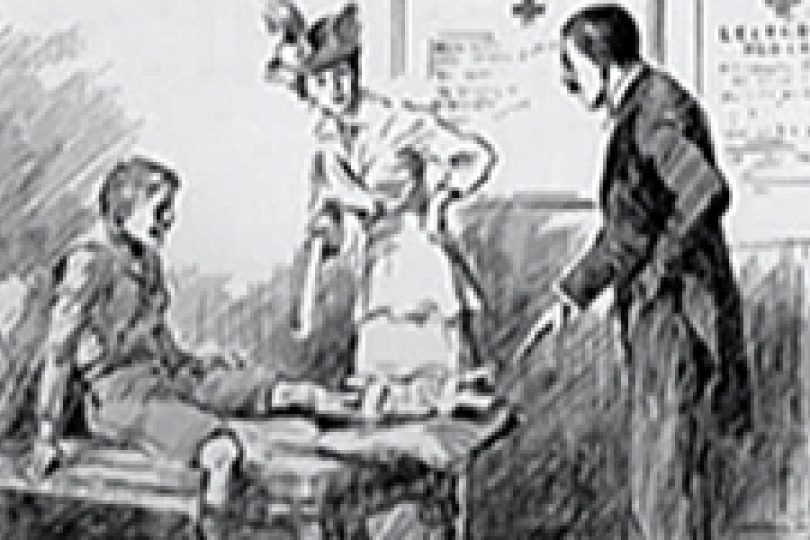
It is rare for an Oxford Martin School seminar to have a strong history component, given the future-focused nature of what we do and the research we support. So the first seminar in our Trinity Term series was a departure for us; a revealing and insightful departure.
Citizen science to most of us feels like a new concept that has come with the advent of home computers and ‘big data’. Professor Sally Shuttleworth and Dr Sally Frampton quickly scotched this notion, painting an entertaining picture of how professionals worked with – and greatly valued – amateur contributors in the 19th and early 20th centuries. Professor Shuttleworth concentrated on Darwin’s approach. He published his findings in popular publications rather than reserving them just for esteemed academic journals and he corresponded with a vast network of amateur naturalists who contributed significantly to his work. Later in the seminar, Dr Geoff Belknap expanded on Darwin’s success, detailing how he used photographic portraits to build the relationship with his network. His map showing the geographic spread of Darwin’s contacts would be impressive if it were a 21st Century network online, but for a 19th Century scientist relying on written correspondence, it was astounding.
The parallels between then and now were even clearer in Professor Shuttleworth’s wonderful description of the British Rainfall Association, established by George James Symons in the mid-19th Century. He deliberately set out to recruit amateurs and when asked why ordinary members of the public would want to participate voluntarily, he explained that they just wanted to make a valid and useful contribution to scientific progress. Chris Lintott, pioneer of Galaxy Zoo, one of the first ‘big data’ citizen science projects in the world, confirmed that he is often asked the same question – with exactly the same answer. Interestingly, when the government suggested to Symons that measurement of rainfall be handed over to the them, he protested, keen to keep the project for his well-established, enthusiastic and passionate network of amateurs.
The key takeaway from the seminar for anyone working in citizen science or other types of crowd-sourcing is to make the relationship two-way, value your contributors and make the interactions as personal as you can. Given the scale of 21st Century citizen science projects, this isn’t easy – after all, Chris Lintott and his team can’t personally interact with over one million citizen scientists on the Galaxy Zoo involvement list. However, there would be a good argument to say that email updates, Twitter conversations, videos and podcasts have taken the place of one-to-one written correspondence and can be used very successfully to engage and inspire loyalty and energy for a citizen science project. One thing is for certain – it’s hard to imagine any scientist sending out hundreds of photographic portraits by post to his or her contacts. Maybe someone should try it?
This opinion piece reflects the views of the author, and does not necessarily reflect the position of the Oxford Martin School or the University of Oxford. Any errors or omissions are those of the author.